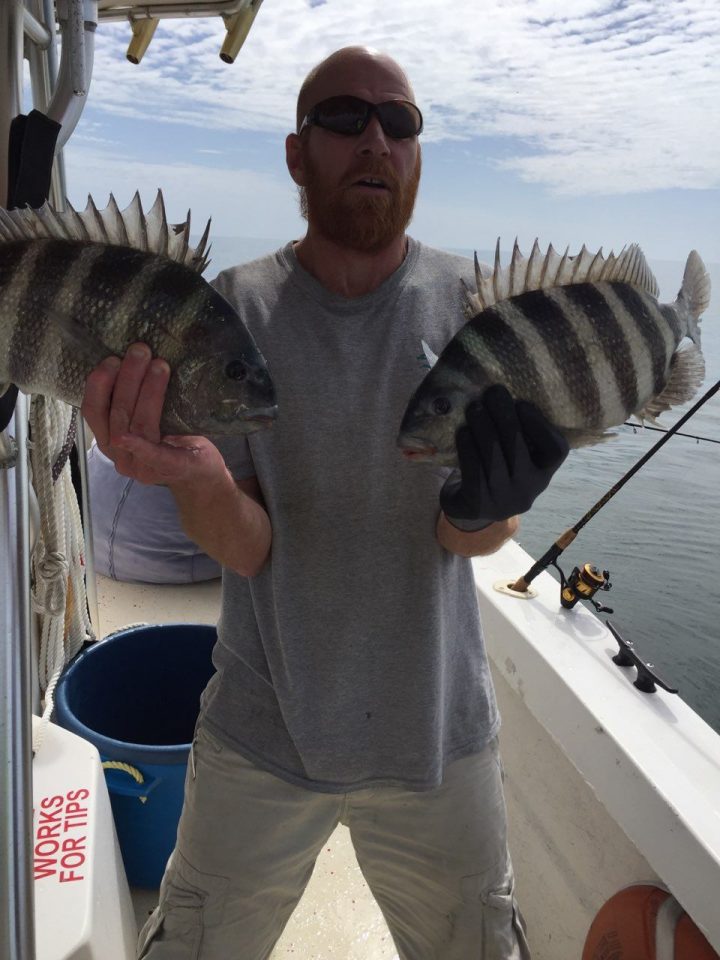Steinhatchee Fishing Report
The April Steinhatchee fishing report should be the name of a long-ago girlfriend you can’t forget, because once a year, she comes back around, offering the thing you desire most–great fishing. April is spring, and spring is great fishing for all fish. Inshore the most, where fish are flooding the flats, with inexperienced anglers having, perhaps the best day ever. Guides, or local experts, producing exceptional catches of trout, redfish, and such, with a surprise early cobia cruising the flats. I’d be the Don Quixote of guides during this time of year, because I’d know beforehand the fish dragons would be slayed early, with my being not only self-heroic, but to others as well. That would be awesome if only I could figure out how to mount a 150 hp plus outboard, to the stern of my donkey.
Anyway, the flats will burst with life, because the grass flat are flourishing. The grand return of pinfish from offshore, and the arrival of bait pods coming up from the south, culminating to a loud ringing diner bell for every shallow-water fish. Cast out your bait and be a Quixote hero.
The same phenomenon is occurring offshore. The bait pods are arriving, the pelagics are trailing them, and the fishing can be seen on the rod tip. Spanish mackerel and kingfish are escorting the bait pods. Live or fresh baiting around such bait areas is successful. “Razor spring Spanish” will savage any baits cast-netted from the schools, live or dead. Begin with 30 lb. mono leader. If that is cutoff with regularity, twist on a foot section of #1 to #2 wire.
In time, kingfish cruise amongst the Spanish—they like to eat the Spanish. So, if you have a wire harness for a live blue-runner, or Spanish, flip one, maybe two, out on the leeward side, underneath a large slip cork. That trick needs to be done using a reel combo with exceptional line capacity of 20 to 30-pound test mono, or equivalent braided line.
It is always best to let the kingfish run wild from the reel drag as opposed to tightening down, to horsing the fish to the boat. Over excretion from the fisher-person, will only pull the hook from their mouth, and that goes for live, dead or artificial baits.
For kingfish production, trolling is the best method. Trolling covers the most ground, while providing a method to present various styles of bait, such as, spoons, dusters, plugs etc. in a varied vertical and horizontal pattern. More baits can be set-back for more opportunities. Never exceed your skill-set, or boat design, to form a multi-strand thin line trolling malfunction. It is always better to troll quality, than a water rake behind the boat.
Brian Smith
Big Bend Charters
CaptBrian@Bellsout.net
352-210-3050


